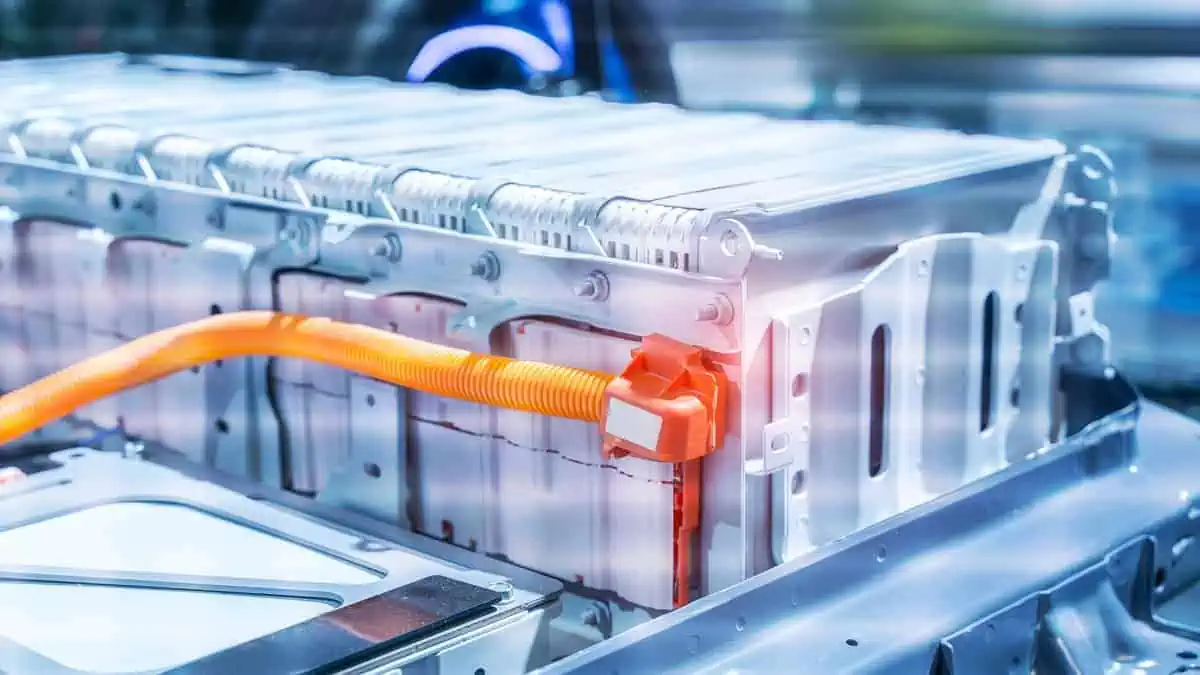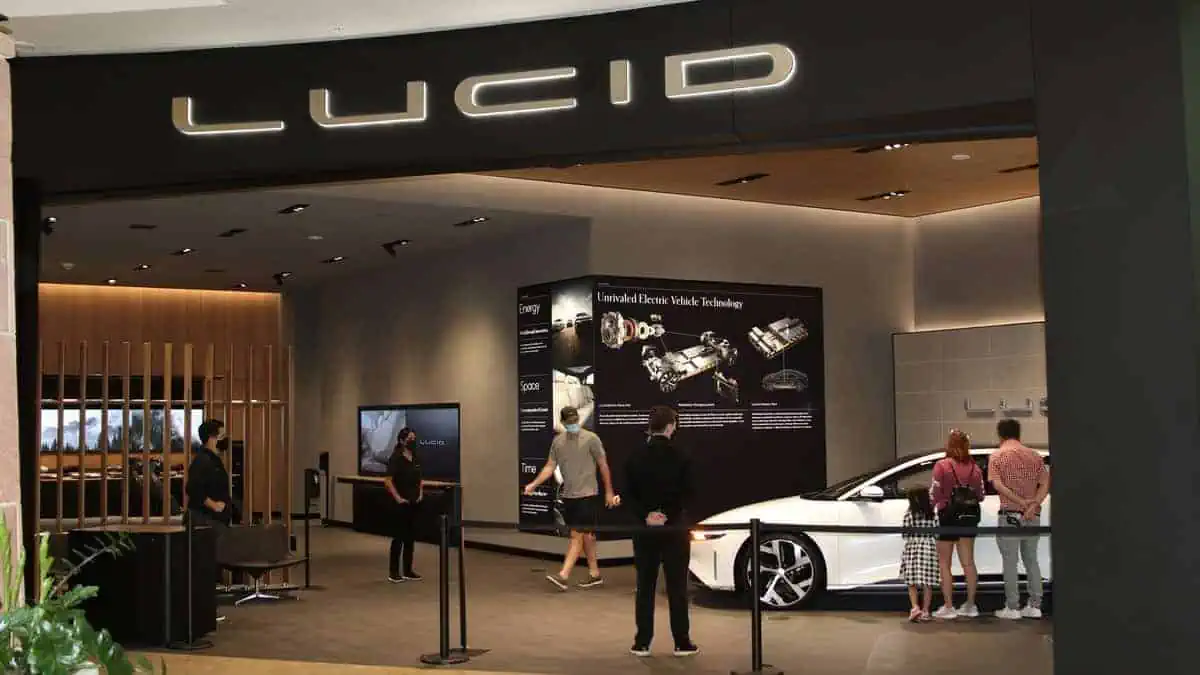China’s CATL stole the spotlight a year and a half ago with an electrifying event that had the founder and chairman of the world’s largest battery maker, Zeng Yuqun, playing the role of emcee!
Following his ascension over Jack Ma in the Bloomberg Billionaires Index, Zeng revealed that CATL was developing battery packs that combined lithium-ion and sodium-ion cells. While sodium has the advantage of being more abundant and presenting potential safety benefits over Lithium, lithium-ion chemistry still prevails in EV batteries due to its superior energy density, allowing drivers to travel farther distances without the need for frequent recharging.
The emergence of Sodium-ion Cells Threatens Dominance of Lithium-ion Batteries in the EV Market
While CATL has taken measures to advance its commercialization efforts, the company has been outshined in terms of prototyping. Last month, Chinese automaker JAC introduced a test model of its Sehol E10X electric car, equipped with sodium-ion cells, beating CATL to the punch. CATL is a major supplier to car manufacturers such as Tesla, Geely, and BMW.
HiNa Battery Technologies, a recently established and relatively small player in China’s battery industry, supplied the cells used in the vehicle. The company was founded in 2017 after conducting years of research at a scientific research institute. The use of HiNa’s cells in the vehicle’s battery has led battery experts to reconsider the potential of sodium-ion chemistries as a power source for EVs in the future. Despite projections from BloombergNEF and other research firms that lithium-ion batteries would dominate the EV market, this development could challenge those predictions.
Impact on energy storage market: Sodium-ion Batteries as a competitive player in the future
Sodium-ion batteries have the potential to benefit from the same manufacturing processes used for lithium-ion batteries. This is because both technologies share standard components and materials, including electrolytes, separators, and aluminium current collectors. As a result, the nascent sodium-ion industry could leverage the economies of scale established by the mature lithium-ion sector, thereby accelerating the development of this emerging technology.
Despite their current cost disadvantage, sodium-ion batteries could become a more cost-effective alternative to lithium-ion batteries. The low volumes and underdeveloped supply chains of sodium-ion batteries have contributed to their higher cost, but advancements in energy density and material efficiency offer potential cost savings. Analysts at BNEF predict that sodium-ion cells could ultimately cost half as much as lithium-iron phosphate batteries, providing a viable pathway for sodium-ion technology to become a competitive player in the energy storage market.
The prospect of sodium-ion batteries costing half as much as lithium iron phosphate (LFP) batteries would be a game-changer. LFP is presently the most widely-used lithium-ion battery chemistry, thanks to the auto industry’s preference for its lower cost and significant energy-density advancements over the past decade.
The primary hurdle for sodium-ion cells: Lower energy density and heavier batteries
The primary hurdle for sodium-ion cells is their lower energy density. For the same kilowatt-hour capacity, cars powered by sodium-ion batteries would require heavier batteries. The Sehol E10X’s cells use sodium-iron-manganese-copper cathodes and have an energy density of 140 watt-hour per kilogram, which decreases to 120Wh/kg at the battery-pack level. This is 25% lower than current lithium iron phosphate (LFP) battery packs.
On the other hand, Sodium-ion batteries have numerous advantages, including a more diverse geographical distribution of raw materials than other battery technologies. Furthermore, they are nonflammable and perform exceptionally well in colder temperatures, making them an attractive option for various applications.
Sodium-ion batteries have the potential to ease lithium supply issues and reduce overall battery costs for electric vehicles if they could capture even a small market share from lithium-ion batteries. However, this would be subject to various assumptions and cost factors as well as the scale-up process. Despite the volatility of lithium prices, they have been declining for the last four months. Over the long term, sodium-ion batteries will also have to compete with the improving performance of lithium-ion batteries.
Other notable players in sodium-ion battery development: Altris, Tiamat, and Natron
HiNa and CATL are not the only companies involved in the development of sodium-ion batteries. Other notable players in this field include Altris from Sweden, Tiamat from France, and Natron from the United States.
While HiNa has garnered the most press coverage for sodium-ion batteries in recent times, BNEF analysts predict that other companies will soon be making announcements. Rumours suggest that Chinese battery manufacturer Farasis is developing sodium-ion batteries for Jiangling Motors Electric Vehicle, a joint venture that is majority-owned by French carmaker Renault.
Although sodium-ion batteries may not be widely adopted for a few years, they could still play a valuable role in filling gaps in the EV battery market and complementing the use of lithium-ion cells.






